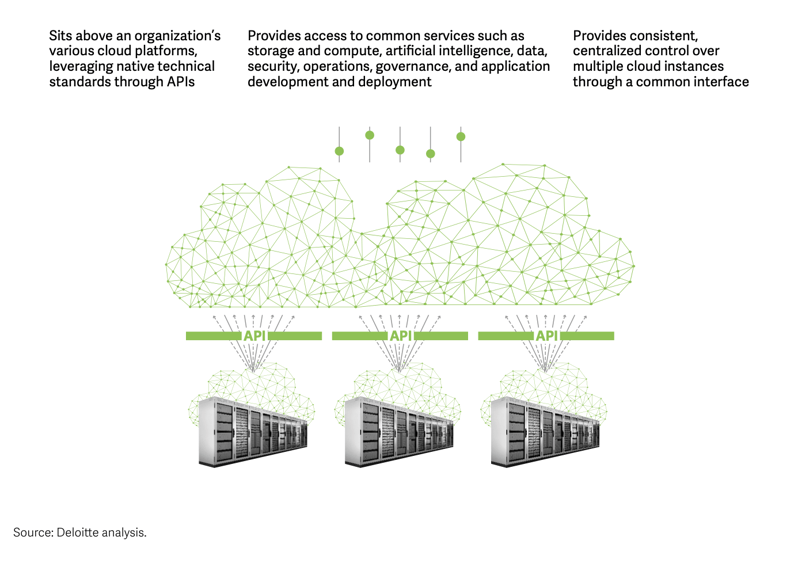A growing number of businesses are adopting multicloud strategies, which involve using a variety of cloud environments and service providers. Companies are increasingly turning to multicloud solutions to meet their computing and storage needs.
The multicloud is growing fast
UnivDatos Market Insights reports that North America led the multicloud solutions market in 2020 with a market share of more than 35%. The region was undergoing a rapid transition from isolated cloud solutions to platforms that combine private IaaS, public, and onsite clouds.
In the meantime, the Asia-Pacific region is expected to have gained the fastest multicloud growth rate in the market, owing to high internet penetration, increasing IT companies, and more and more young people using social media.
The challenges of multicloud environments
But for many companies, managing multiple cloud environments can be a hard and time-consuming task. Even though multicloud solutions promise to make things easier, they can also bring new problems. Infoworld.com says that when putting multicloud solutions in place, many organizations make mistakes.
Some businesses, for example, separate skills and technologies in their own silos, which only makes things more complicated and confusing. Or, they don't have a clear goal, a plan, and a set order for rolling out tools, processes, and resources. To succeed, organizations need a plan and technology stack for integrating all systems, including legacy and edge computing, into their cloud framework.
How the ''metacloud'' eases the multiple cloud management
Here's where the idea of a "metacloud" comes in to make managing multiple clouds easier. As Deloitte Tech Trends 2023 reports:
“To simplify multicloud management, some enterprises are beginning to turn to a layer of abstraction and automation that sits above the burgeoning multicloud. Known alternately as metacloud or supercloud, this family of tools and techniques can help cut through the complexity of multicloud environments by providing access to common services such as storage and computation, AI, data, security, operations, governance, and application development and deployment. Metacloud offers a single pane of control for organizations feeling overwhelmed by multicloud complexity.”

Metacloud simplifies multicloud - to a certain extent
With metacloud, businesses can cut through the complexity of multicloud environments and streamline their operations. But that doesn't mean the metacloud lacks any sort of challenges. Many times, companies need their development teams to build this themselves - each of the connections as well as the ultimate interface. Instead of turnkey simplicity, the metacloud itself becomes a "complex solution to dealing with complexity" (Deloitte Tech Trends 2023).
How can we help?
Enter Kubeark, the platform designed to help organizations overcome the challenges of multicloud management - and even metacloud. When we built this platform, we had in mind the cloud & Kubernetes agnostic approach, which drove the roadmap, the architecture and everything. We designed a technology that will enable everyone to easily deploy and manage applications across multiple clouds and even on-prem, overcoming the challenges of multicloud management and unlocking the full potential of the metacloud concept.
It’s amazing to see that a product idea that came to us few years ago aligns so perfectly with current industry standards. Today, Kubeark makes it easy to manage applications across multiple cloud environments. You can instantly deploy, manage, and scale products to any infrastructure. On top, you can also see where your cloud budgets are being spent and take steps to reduce cloud usage costs to improve your bottom line. You can focus on delivering value to your customers, while we handle the technical details across any infrastructure.
It is our core belief that multicloud is the future and that every cloud provider has its own strengths. The rise of metacloud is shifting the paradigm for organizations looking to simplify their multicloud management. And, with game-changing technologies by your side, you will easily cut through the complexity of multiple cloud environments and the challenges of building a metacloud on your own.

